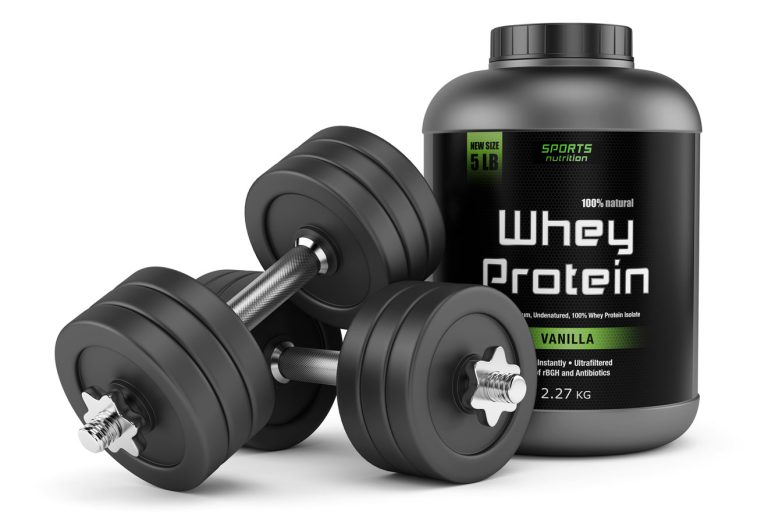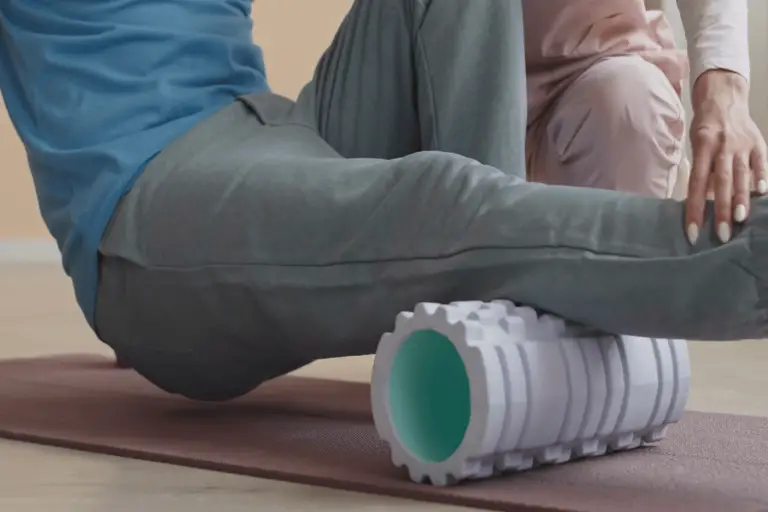Should experienced lifters rest longer between sets?
Current training recommendations
It is widely known that different types of training lead to the development of different muscular properties. For example, as revealed in Table 1, in order to build muscular size (hypertrophy), you must:
- Complete 3 to 6 sets per exercise
- Perform 6 to 12 reps per set using heavy weights
- Rest 30 to 90 seconds between sets
Table 1. Weight training guidelines for developing different muscular properties
| Strength | Power | Size | Endurance | |
|---|---|---|---|---|
| Sets per exercise | 2–6 | 3–5 | 3–6 | 2–3 |
| Reps per set | 2–6 (low) | 1–5 (low) | 6–12 (moderate) | >12 (high) |
| Weight (% 1RM) | Very heavy (>85) | Heavy (75–90) | Heavy (67–85) | Low–moderate (<67) |
| Rest between sets | 2–5 min | 2–5 min | 30–90 s | <30 s |
These guidelines are recommended by the National Strength and Conditioning Association (NCSA), as explained in their Essentials of Strength Training and Conditioning,1 which is like the personal trainer’s bible.
However, a study published in 2016 has revealed that if you’re a young, experienced male lifter, you might be able to make greater gains when training for muscular size by resting longer between sets.
Study design
The purpose of the study, conducted by Schoenfeld et al.,2 was to investigate the effects on the muscular adaptations of young, experienced male lifters of resting for 1 minute between sets versus resting for 3 minutes. As you can see from Table 1, when training for muscular size, resting for 1 minute between sets is in line with the current recommendation, whereas resting for 3 minutes between sets is outside the recommendation.
Twenty-one young, experienced male lifters took part in the 8-week study. All were 18 to 35 years old. The subjects were divided into two groups, one resting for 1 minute between sets and the other resting for 3 minutes.
Both groups performed 3 whole-body workouts per week. The workouts consisted of 3 sets of 8 to 12 reps of 7 exercises, which targeted the thigh, anterior torso and posterior torso muscles. The 7 exercises were the:
- Barbell back squat
- Plate-loaded leg press
- Plate-loaded leg extension
- Flat barbell press
- Seated barbell military press
- Wide-grip plate-loaded lateral pull-down
- Plate-loaded seated cable row
Throughout the study none of the subjects used any anabolic steroids, illegal performance-enhancing substances, or legal ergogenic supplements. They were also not allowed to do any additional exercises. This ensured that the resting interval between sets was the only changing variable.
Ultrasound imaging was used both before and after the study to measure the muscle thickness of the quadriceps/rectus femoris, triceps brachii, and elbow flexors.
Study results
According to the researchers, at the end of the study, muscle thickness was significantly greater in the anterior thigh in the group that rested for 3 minutes between sets versus the group that rested for 1 minute. In the group that rested for 3 minutes, there was also a trend towards greater increases in thickness in the triceps brachii (p=0.06).
These results suggest that the current resting interval recommendation for hypertrophy training might not be optimal for young, experienced male lifters, who might experience more gains in muscular size if they opt for a 3-minute resting interval between sets instead of the recommended 30 to 90 seconds.
Additional study findings
It should be mentioned that the researchers also measured the change in muscular strength and endurance:
- Muscular strength was found to be significantly greater in the group that rested for 3 minutes versus the group that rested for 1 minute
- Both groups saw significant increases in local upper-body muscular endurance, with no significant differences noted between the groups
Based on these and the aforementioned findings, the researchers concluded that their study “provides evidence that longer rest periods promote greater increases in muscle strength and hypertrophy in young resistance-trained men.”
In other words, if you’re a young, experienced lifter who is training for muscular size, you could develop more size and strength by resting for 3 minutes between sets instead of resting for the recommended 30 to 90 seconds. You could also develop as much muscular endurance as you would if you were to rest for only 1 minute.
Note, however, that the study’s results did not contradict the NSCA’s recommendations for training for strength or endurance. The reason is that the 8 to 12 repetition maximum range used by the subjects was not in line with the NSCA’s recommendations for training for strength or endurance, so a comparison between the study’s results and the NSCA’s recommendations cannot be made. Therefore, if you’re training for strength or endurance and not for hypertrophy, there’s still every reason to follow the NSCA’s recommendations.
References
- Haff GG, Triplett NT. Essentials of strength training and conditioning. Fourth edition. National Strength and Conditioning Association (NCSA). Australia: Human Kinetics; 2015.
- Schoenfeld BJ et al. Longer interset rest periods enhance muscle strength and hypertrophy in resistance-trained men. J Strength Cond Res. 2016;30(7):1805–12.







